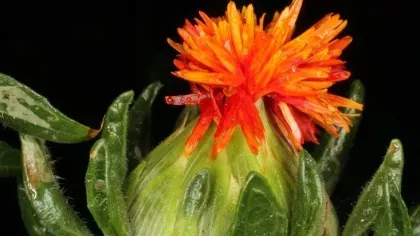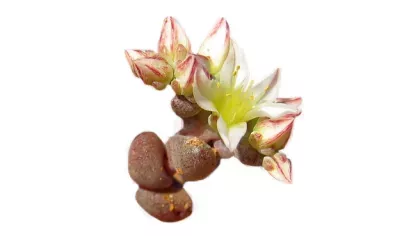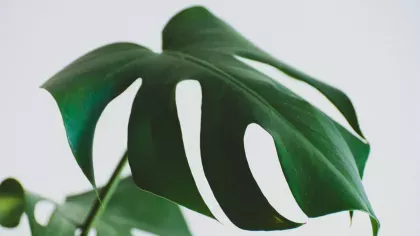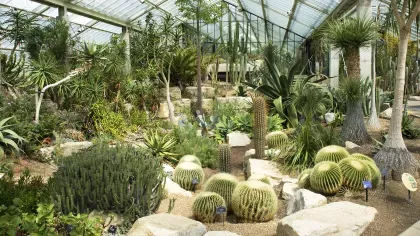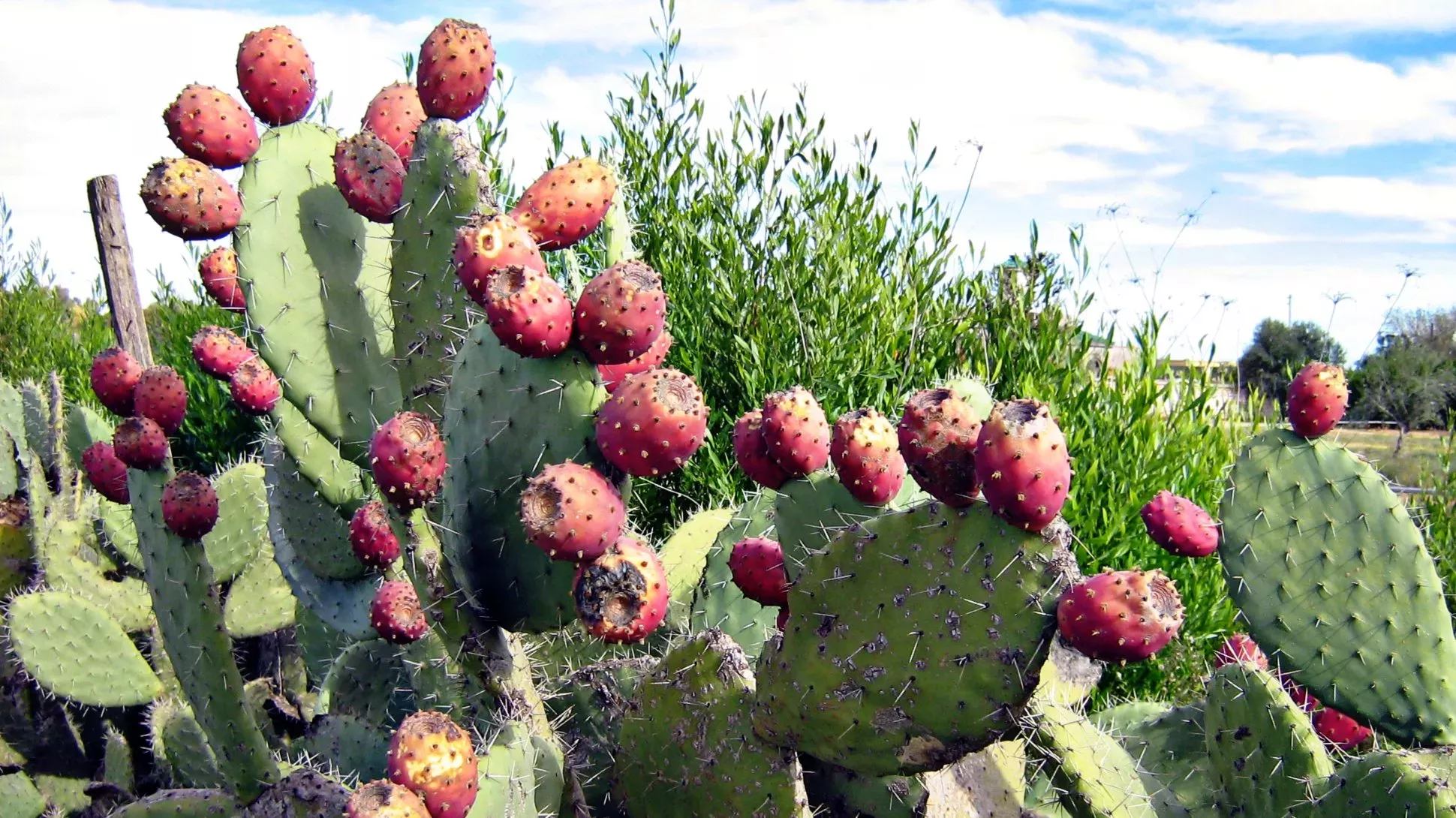
Prickly pear
On this page
According to legend, the prickly pear played a key role in the foundation of the capital city of the Aztec empire.
Tenochtitlan was founded where the wandering Aztec people saw an eagle eating a snake while standing on an Opuntia cactus.
Today, Mexico City stands on the site of Tenochtitlan, and the cactus features on the country’s coat of arms.
There are over 150 prickly pear species found across the world. They are a popular foodstuff across Mexico, with both the pads and the fruits appearing in a wide range of delicious dishes.
Opuntia ficus-indica, or the Indian fig, is the most commonly cultivated prickly pear species across Mexico.
Plant description
Opuntia species vary in growth pattern, with some growing as wide, low shrubs, and others treelike, reaching up to 5m in height. They grow in large, flat, paddle-shaped stem segments called cladodes, which grow in various shades of green, and occasionally green-blue or purple. The cladodes are covered in small hairlike spines called glochids, which come away from the plant when touched. Some species also have larger, more robust spines. The flowers can be yellow, pink, orange or white. The fruit, referred to as prickly pears or ‘tunas’, are fleshy red berries covered in small spines.




Plant uses
Cultural
An Opuntia is depicted on the coat of arms of Mexico, which famously features on the country’s flag.
Food and drink
In Mexican cuisine, prickly pears are used in a variety of dishes, including jams, candy, sweet drinks and breads.
Also in Mexican cuisine, the pads of Opuntia, known as ‘nopales’, are frequently eaten in dishes such as ‘carne con nopales’ (meat with nopales), as well as being pickled or used to make flour to create ‘cactus tortilla’.
In American cuisine, Opuntia pads are sliced, battered and deep-fried to produce cactus fries.
Colonche is a fizzy alcoholic drink made from fermented prickly pears.
In Saint Helena, prickly pears are referred to as ‘tungi’, which are used to create a spirit of the same name.
Health
In Mexican folk medicine, juice and pulp from Opuntia species are used as a coagulant in wounds, as well as treatments for inflammations.
Opuntia pads are a good source of both magnesium and vitamin C.
Materials and fuels
Opuntia species are used as feed for animals in a number of countries
Research has been conducted into using Opuntia species as a source of both bioplastics and biofuels.
The cochineal (Dactylopius coccus), an insect which lives on a range of Opuntia species, is used to produce a red dye for food and cosmetics.
Did you know?
The Spanish word for the pads of Opuntia, ‘nopales’, means paddle, referring to their paddle-like shape.
The scientific name of the genus refers to the ancient Greek city of Opus, where philosopher Theophrastus claimed a plant grew with edible fruit that could be rooted from its leaves.
Where in the world?
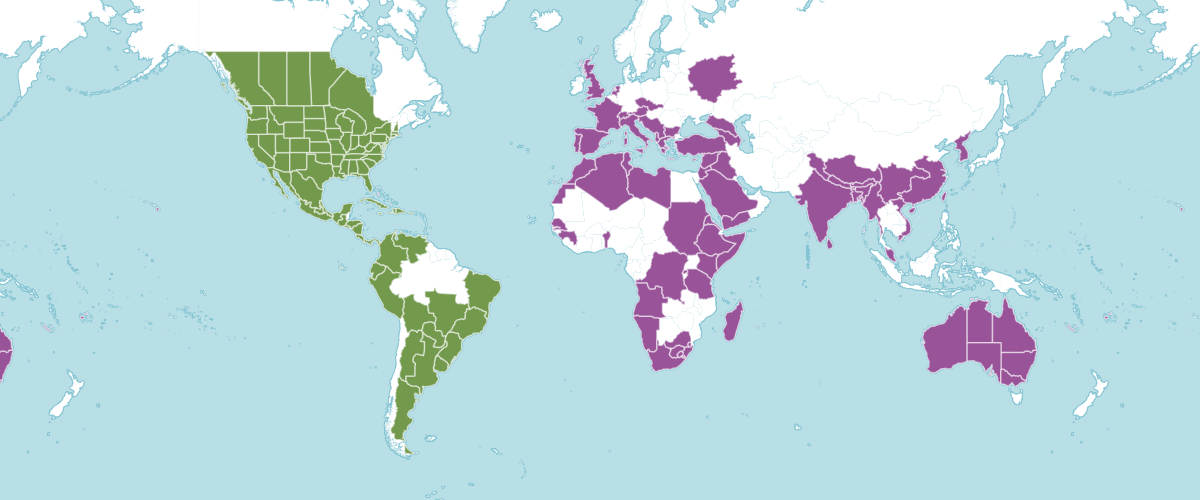
Arid and semiarid regions, with hot summers and occasional rain.
Find it in our gardens
Kew Gardens
A botanic garden in southwest London with the world’s most diverse living plant collection.
Location
Princess of Wales Conservatory
View map of Kew Gardens
